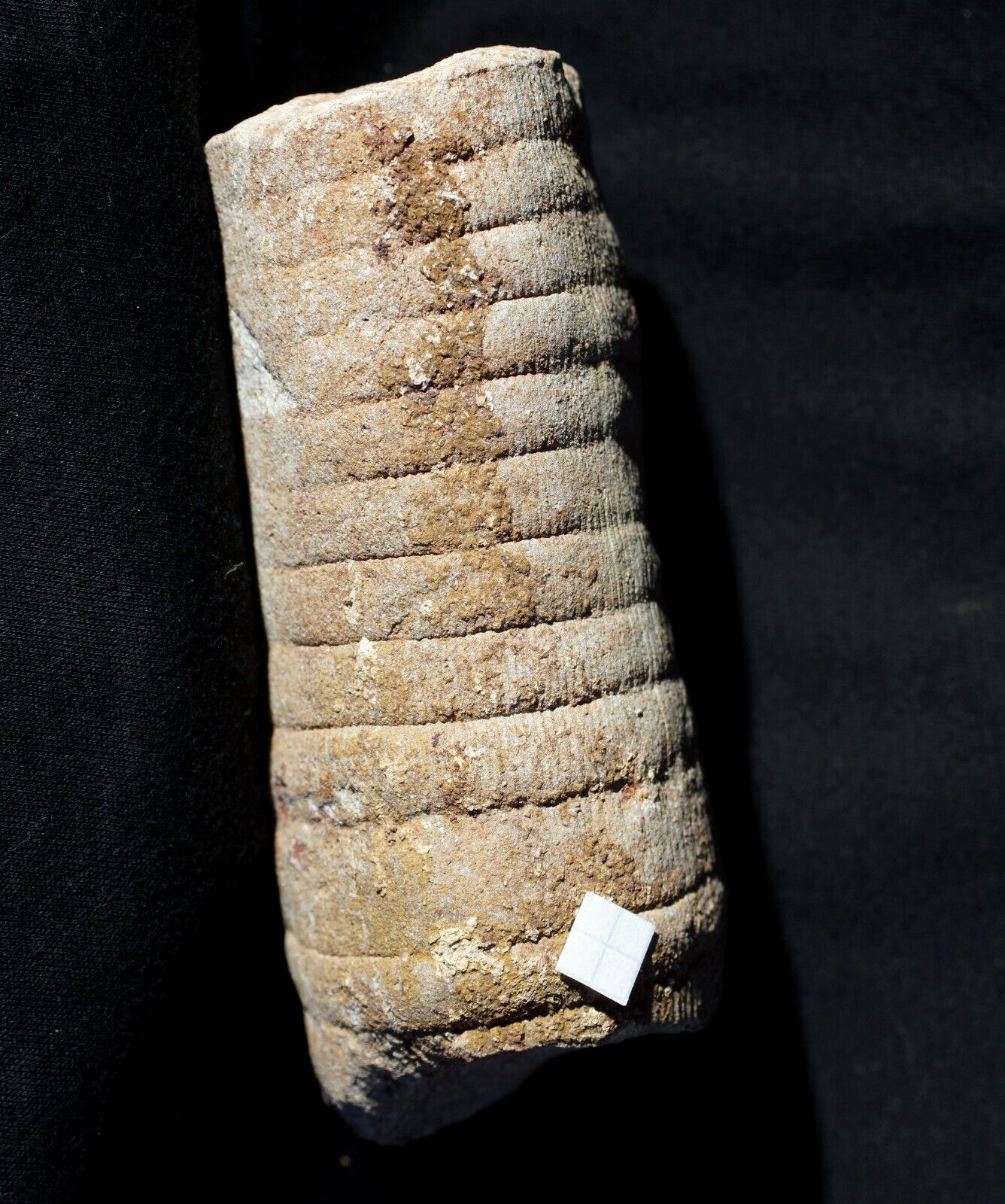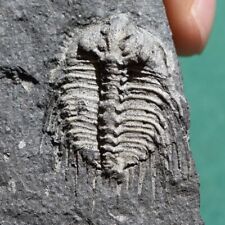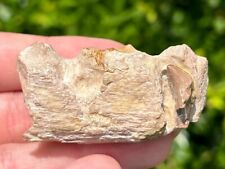Rare fossil plant 3D Calamitina Carboniferous equisetopsid extinct horsetail For Sale

When you click on links to various merchants on this site and make a purchase, this can result in this site earning a commission. Affiliate programs and affiliations include, but are not limited to, the eBay Partner Network.
Rare fossil plant 3D Calamitina Carboniferous equisetopsid extinct horsetail:
$49.00
My specimens are genuine and will be delivered with a "Certificate of authenticity, age and origin" and scientific papers allowing plant identification !!!
I combine shipping costs. Each item is different, sopleasewait with payment after purchase-I will send You a combine invoice. Usually, it will be cost of shipping the heaviest item.
Specimen: Very rare fossil plant - 3D preserved equisetopsid extinct horsetailCalamitna goepperti( VON ETTINGSHAUSEN ) WEISS
Locality:All detailed and accurate data will be provided with the specimen
Stratigraphy:Upper Carboniferous -Middle Pennsylvanian / Westphalian B
Age: ca. 310 Mya
Matrixdimensions:ca. 13,0 x 6,5 x 6,0 cm ( white square on pictures is 1,0 x 1,0 cm )
Description:
Very rare fossil plant - 3D preserved equisetopsid extinct horsetailCalamitna goepperti( VON ETTINGSHAUSEN ) WEISS- First I saw !
Calamitinais a genus of extinct arborescent (tree-like) horsetails to which the modern horsetails (genus Equisetum) are closely related. Unlike their herbaceous modern cousins, these plants were medium-sized trees, growing to heights of more than 30 meters (100feet). They were components of the understories of coal swamps of the Carboniferous period. The trunks of Calamitinahad a distinctive segmented, bamboo-like appearance and vertical ribbing. The branches, leaves and cones were all borne in whorls. The leaves were needle-shaped, with up to 25 per whorl.Their trunks produced secondary xylem, meaning they were made of wood. The vascular cambium of Calamiteswas unifacial, producing secondary xylem towards the stem center, but not secondary phloem.The stems of modern horsetails are typically hollow or contain numerous elongated air-filled sacs. Calamiteswas similar in that its trunk and stems were hollow, like wooden tubes. When these trunks buckled and broke, they could fill with sediment. This is the reason pith casts of the inside of Calamitesstems are so common as fossils.
Systematic:
Division: Pteridophyta (Lycoposida)
Class: Equisetopsia
Order: Equisetales
Family: Calamitaceae
Genus: Calamitina Weiss
Species:Calamitna goepperti ( VON ETTINGSHAUSEN ) WEISS

Related Items:
Extremely Rare Trilobite Fossil Kettneraspis aracana Bolivia Silurian
$199.99
RARE Alabama Fossil Mosasaur Jaw with Unerupted Tooth Cretaceous Dinosaur Tooth
$179.99
RARE Alabama Fossil Mosasaur Jaw with Unerupted Tooth Cretaceous Dinosaur Tooth
$199.99



